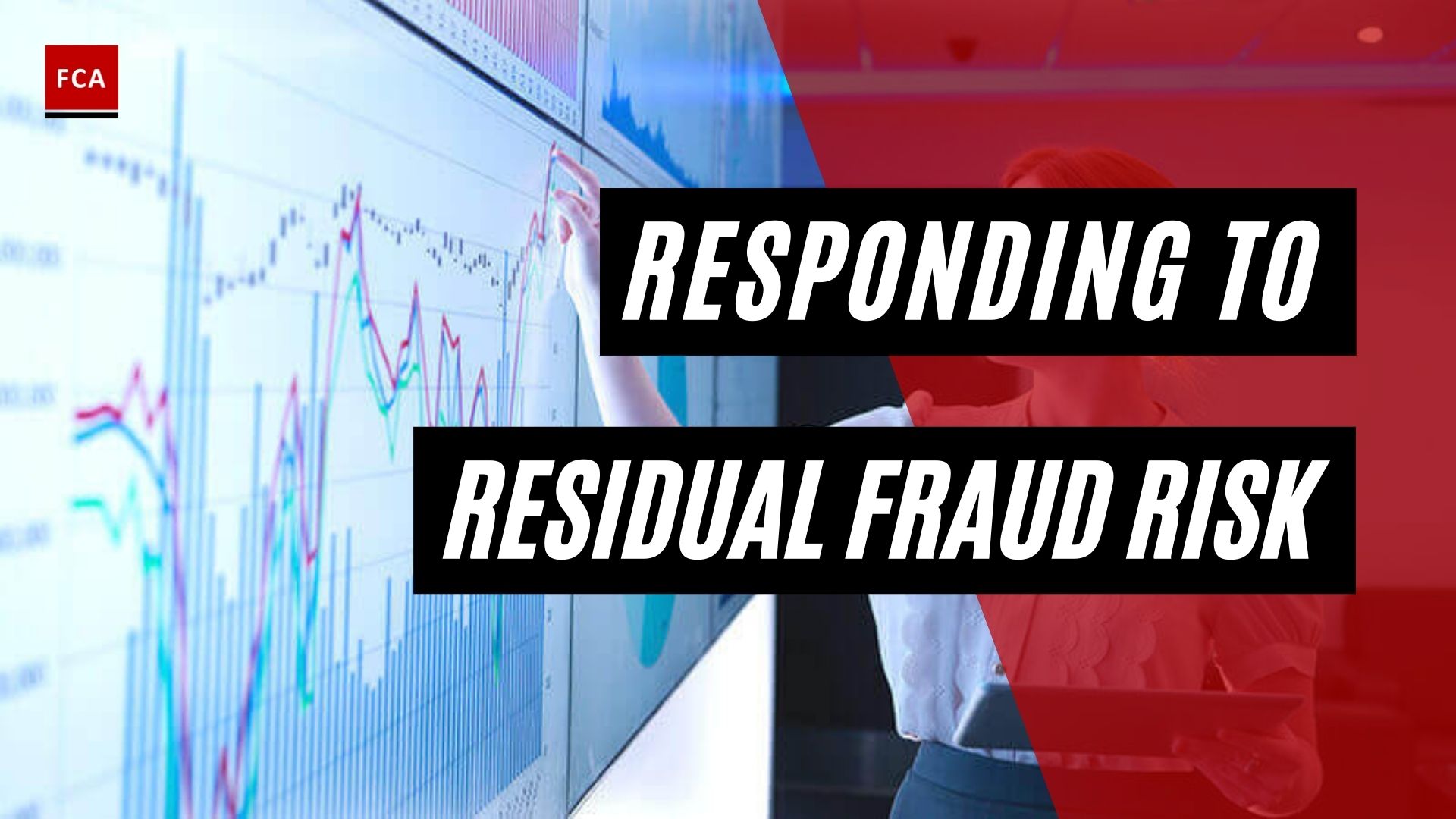The scale of the problem. Despite the serious threat that fraud poses to businesses, many still lack formal systems and procedures in place to prevent, detect, and respond to fraud. While no system is perfect, there are steps that can be taken to deter fraud and make it less appealing to commit. This guide should be useful in assisting organizations in taking such steps.

The Scale Of The Problem
The latest major fraud makes headlines on a regular basis, while other organizations sit back and watch, telling themselves that ‘it couldn’t happen here.’ But the reality is that fraud can happen anywhere. While only a small number of major frauds are reported in the media, huge sums are lost by all types of businesses as a result of the large number of smaller frauds committed.
Why Do People Commit Fraud?
Various attempts have been made to measure the scale of fraud in the past, but compiling reliable statistics around the fraud is not easy. As one of the key characteristics of fraud is trickery or deception, it is usually very difficult to identify the scale of the problem.
It is a truth that the majority of frauds are not identified or go undetected, and, even when a fraud has been found, it may not be appropriate or timely reported. One reason for this may be that a company that has been a victim of fraud does not want to take the burden of reputational losses. To suppress the reputational risks, the fraud instances and cases are not reported publicly. Companies also face challenges in distinguishing between fraud and carelessness. Carelessness may be the poor accounting records or not recording financial transactions on a timely basis causing working capital issues.
There is no doubt that fraud elements are present in almost every organization, which is a serious issue. Research and survey results may not give a complete picture; however, we cannot deny that fraud elements are not present if cases are not reported.
Various frauds go undetected and actual losses and indirect costs to the business, such as management costs or damage to reputation, which may be significant, are not highlighted, which also suppress the scale of fraud in a particular country, state, or industry. Therefore, it is difficult to put a total cost on fraud based on any survey or related results.
For example, if one of the fraud surveys reports highlights that fraud results in losses of $20 billion each year in the US and another report highlight that corruption and bribery cases aggregate 5% of the value of the world economy or about $2 trillion per year, then estimates are not comparable because the survey focus points are not same. They also exclude other types of fraud such as misappropriation of assets.
It may be impossible to calculate the total cost of fraud, but fraud is considered to be very significant than the total cost of various other illegal activities or crimes. We may depict the significance of fraud because in terms of causing harm to society or an economy, fraud is second to drug trafficking.
One of the misconceptions about fraud is that it is a victimless crime. However, fraud cases and incidents may have various types of psychological and social effects on individuals, companies, and society.
For example, when a significant fraud case is identified, it usually destroys the reputation and strategic mission of the company, and numerous individuals, including employees and other related businesses or stakeholders, are affected.
In addition to the employees working in a company where significant fraud is identified and reported, suppliers’ employees can be affected because of future orders. Other stakeholders such as creditors, including banks, are indirectly affected due to non-payment of timely installments against the loans obtained by the company where the significant fraud case is reported.
The cost of the fraud is usually transferred to the consumers by charging a premium for goods and services to compensate for the costs of fraud losses, including fraud amount, cost of investigations, and additional security costs.
Due to fraud activities, society’s resources as a whole are drained, which significantly affects the public services. Fraud also involves supporting other criminal or money launderers in different jurisdictions, which also pose a risk of reputational and strategic losses for the country’s economy.

Which Businesses Are Affected?
Fraud is an issue that all businesses or companies may face regardless of their nature of business, size of operations, industry, or jurisdiction. Companies or businesses need various resources such as people, cash, goods, information assets, or services from various vendors to run business affairs. Therefore, the possibility of fraud attempts are increased.
There is a myth that significant nature frauds have occurred only in large companies or multinational companies, which are reported on the media and small companies or businesses are unlikely to be a target of fraudsters.
Small businesses suffer fraud more frequently than large businesses or companies and are hit by higher average losses because of weak internal controls system or poor hierarchy. When fraud cases are reported in smaller companies, they are less likely to cover up the damages compared to a larger business or company and may go bankrupt.
Various surveys have reported that the companies that reported frauds were working in many different industries, and the industries most suffered from fraudulent activities and losses were insurance and industrial manufacturing.
Final Thoughts
Significant fraud losses also occur in the financial services industry, such as banks and other financial institutions, because of the large amount of cash and property dealings through these organizations. Even not-for-profit organizations (NPOs) are also victims of fraud cases. These organizations are exploited by the money launderers or criminals for placement of their funds and generate more wealth from the general public by showing them social cause and issues and gaining their sentiments.








